In this blog, we will delve into the critical concept of emotional regulation and its profound significance in promoting children’s overall well-being and healthy development. Emotional regulation entails the ability to understand, manage, and express emotions in a constructive and balanced manner.
As parents, we play a pivotal role in nurturing these essential skills in our children. By providing guidance, support, and engaging them in appropriate activities, we can empower them to navigate challenges, build positive relationships, and cultivate emotional resilience. Throughout this blog, we will explore effective strategies and activities that parents can integrate into their daily lives to help their children thrive emotionally.
By fostering emotional regulation, we equip our children with valuable tools to navigate the complexities of their emotions, cultivate self-awareness, and establish a solid foundation for their long-term well-being.
Table of contents
- Understanding Emotional Regulation in Children
- Building Emotional Awareness
- Practising Mindfulness
- Physical Activities for Emotional Release
- Artistic Expression and Creativity
- Building Social-Emotional Skills
- Developing Coping Strategies
- Emotional Regulation in Everyday Life
- Celebrating Progress and Encouragement
- Conclusion
- Frequently Asked Questions(FAQ’s)
Understanding Emotional Regulation in Children
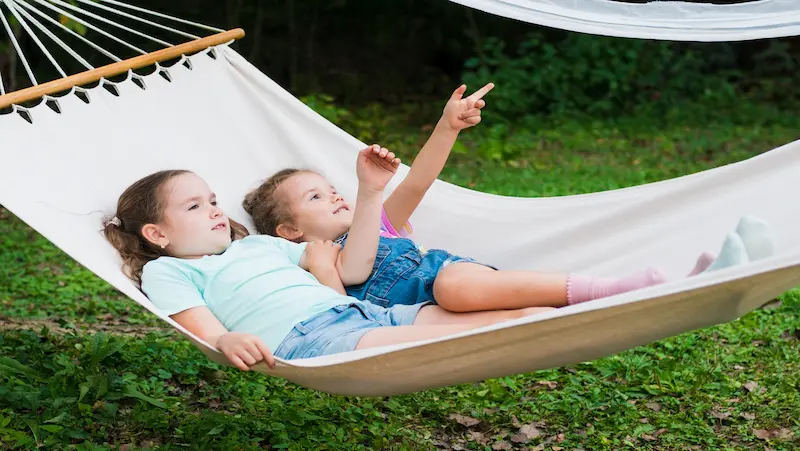
1) What emotional regulation means and why it’s important:
Emotional regulation refers to the ability to recognize, understand, and effectively respond to emotions. It helps children develop self-control, cope with stress, and maintain healthy relationships. Teaching emotional regulation for kids is vital as it equips children with essential life skills that positively impact their academic success, social interactions, and mental well-being.
Emotional regulation for kids involves teaching them how to recognize, understand, and manage their feelings in a healthy manner.
2) Developmental stages of emotional regulation in children:
Children’s emotional regulation skills develop gradually. Infants and toddlers rely on external soothing, while preschoolers begin to self-soothe and express emotions more verbally. School-aged children develop better emotional control and understanding of others’ emotions. Adolescents further refine their emotional regulation skills as they navigate complex social and emotional challenges.
Engaging in emotional regulation activities for kids build helps them to gain essential skills for managing their feelings.
3) Signs of poor emotional regulation in kids:
Identifying signs of poor emotional regulation can help parents intervene and provide appropriate support. These signs may include frequent emotional outbursts, difficulty calming down, trouble managing anger or frustration, extreme sensitivity to criticism, or challenges in adapting to change. By recognizing these signs, parents can implement strategies to help children improve their emotional regulation abilities.
Building Emotional Awareness
1) Activities to help children identify and label emotions:
Engage your child in activities that encourage emotional awareness, such as playing emotion charades or using emotion cards to identify different feelings. Discuss emotions in daily interactions and help them understand and label their own and others’ emotions accurately.
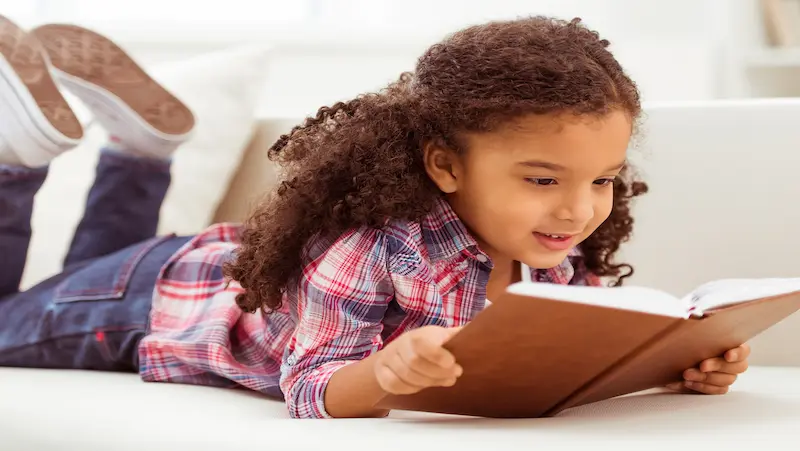
2) Creating an emotion chart or wheel:
Construct an emotion chart or wheel with various emotions and corresponding facial expressions. Encourage your child to identify and discuss their emotions using the chart, helping them develop a vocabulary for expressing their feelings.
3) Engaging in storytelling or role-playing games focused on emotions:
Storytelling or role-playing games centred around emotions provide a safe and imaginative space for children to explore and understand different emotional experiences. Encourage them to express emotions through storytelling or acting out scenarios, facilitating empathy and emotional understanding.
Practising Mindfulness
1) The benefits of mindfulness for emotional regulation:
Mindfulness cultivates present-moment awareness and acceptance of emotions without judgement. It helps children develop self-regulation, reduce stress, enhance focus, and increase overall well-being.

2) Mindfulness exercises suitable for kids (e.g., breathing exercises, sensory awareness):
Teach your child simple mindfulness exercises like deep breathing techniques or sensory awareness activities. Guided breathing exercises, where they focus on their breath, can help calm their minds and regulate their emotions.
3) Guided meditation or visualisation techniques for children:
Engage your child in guided meditations or visualisation exercises specifically designed for children. These activities promote relaxation, emotional self-regulation, and a sense of inner peace.
Explore more about online robotics for kids and robotics programming for kids
Physical Activities for Emotional Release

1) Active play and its impact on emotional regulation:
Active play provides an outlet for children to release pent-up emotions and energy. Engage your child in activities like dancing, jumping, or playing outdoor games that allow them to move their bodies and regulate their emotions. Incorporating techniques of anger management for kids can be enhanced through active play, which has a positive impact on emotional regulation.
2) Gross motor activities to release pent-up emotions (e.g., dancing, jumping, yoga):
Encourage your child to engage in gross motor activities like dancing, jumping on a trampoline, or practising child-friendly yoga poses. These activities release endorphins, reduce stress, and promote emotional well-being.
3) Constructive outlets like punching bags or pillow fights:
Providing constructive outlets for emotional release, such as using a punching bag or engaging in a playful pillow fight, allows children to express their emotions in a safe and controlled environment. These activities help release tension and frustration.
Artistic Expression and Creativity
1) Using art as a therapeutic tool for emotional regulation:
Artistic activities provide children with a creative outlet to express and process their emotions. Art serves as a therapeutic tool, allowing children to explore their feelings and find emotional release.
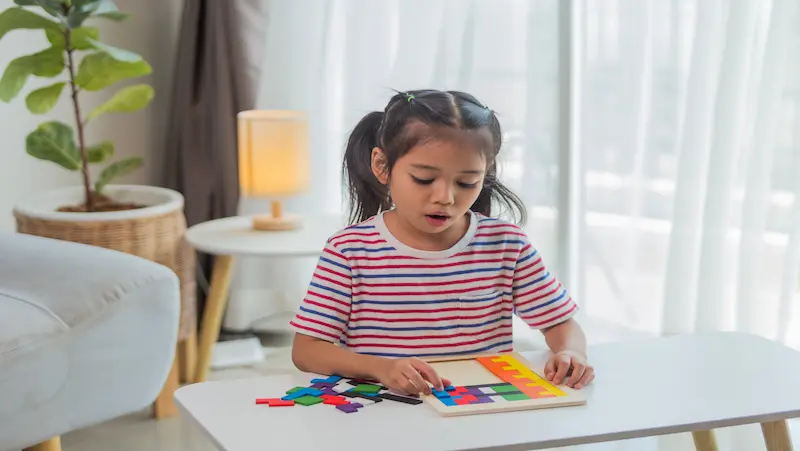
2) Drawing, painting, and sculpting activities to explore emotions:
Encourage your child to engage in drawing, painting, or sculpting activities focused on exploring emotions. Provide them with various art materials and encourage them to express their emotions through their artwork.
3) Creating emotion-based collages or journals:
Encourage your child to create collages or keep emotion-based journals where they can visually express their emotions using pictures, words, or symbols. This activity allows them to reflect on their emotions and track their emotional journey.
Building Social-Emotional Skills
1) Cooperative games and teamwork activities to develop empathy and self-regulation:
Engage your child in cooperative games and teamwork activities that require sharing, taking turns, and collaborating. These activities foster empathy, self-regulation, and the ability to understand and respect others’ emotions.
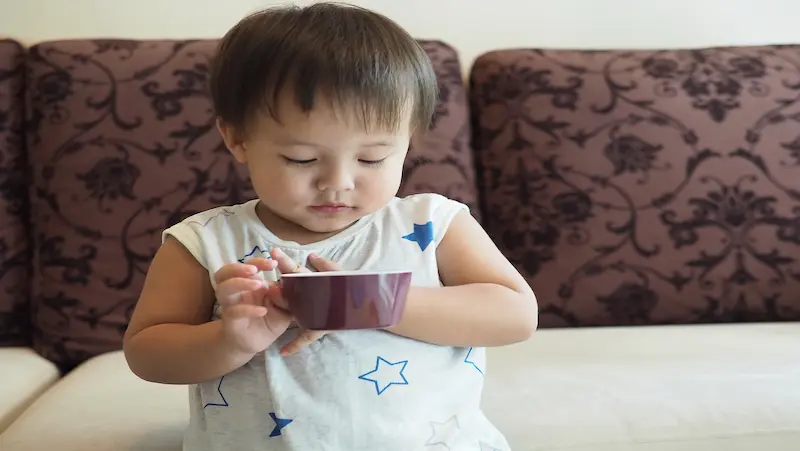
2) Role-playing scenarios to practise problem-solving and conflict resolution:
Encourage your child to engage in role-playing scenarios that simulate real-life situations, allowing them to practise problem-solving and conflict-resolution skills. This helps them understand different perspectives, manage emotions during conflicts, and find positive solutions.
Teaching kids’ responsibility lays the foundation for effective problem-solving and conflict resolution skills. By fostering a sense of accountability, children learn to take ownership of their actions and decisions.
3) Encouraging positive communication and active listening skills:
Promote positive communication and active listening skills in your child by providing opportunities for them to express themselves openly and teaching them to listen attentively to others’ emotions and perspectives. Engage in meaningful conversations that validate their feelings and encourage empathetic responses.
You can also take a look at coding programs for kids
Developing Coping Strategies
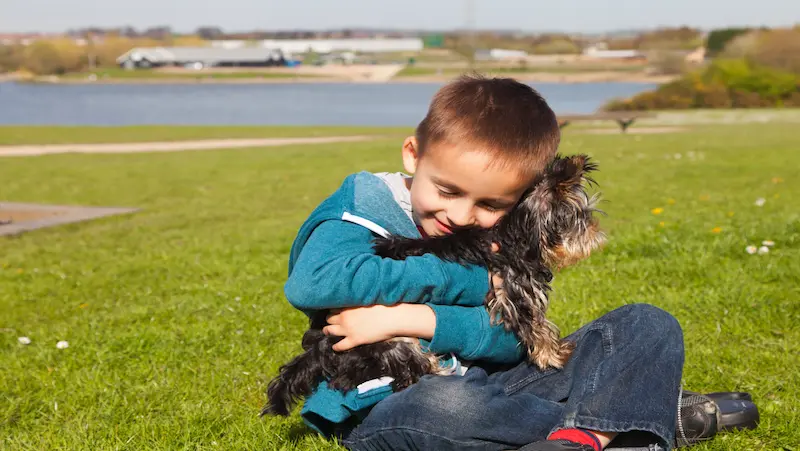
1) Teaching healthy coping mechanisms for managing strong emotions:
Help your child develop healthy coping mechanisms to manage intense emotions. Teach them strategies like deep breathing exercises, engaging in physical activity, talking to a trusted adult, or using positive self-talk.
2) Deep breathing exercises, progressive muscle relaxation, or guided imagery:
Guide your child through deep breathing exercises, progressive muscle relaxation techniques, or guided imagery sessions. These techniques promote relaxation, reduce anxiety, and enhance emotional regulation skills.
Mindfulness breathing for kids involves simple yet effective breathing exercises. One such exercise is the “4-7-8” technique. Inhale for a count of four, hold for a count of seven, and exhale slowly for a count of eight.
3) Establishing a calm-down corner or relaxation area in the home:
Create a designated space in your home, such as a calm-down corner or relaxation area, where your child can retreat when feeling overwhelmed. Fill this space with comforting items like soft cushions, sensory objects, or calming music, providing them with a safe space to relax and regulate their emotions.
Emotional Regulation in Everyday Life
1) Strategies for parents to promote emotional regulation during daily routines:
Integrate emotional regulation strategies into daily routines. For example, during mealtimes, encourage your child to express how they feel about their day or use deep breathing exercises during bedtime routines to promote relaxation.

2) Managing transitions and helping children regulate emotions during challenging situations:
Transitions can be challenging for children, so help them navigate these situations by providing advance notice, visual aids, or verbal reminders. During difficult moments, offer emotional support, validate their feelings, and guide them through calming techniques.
3) Encouraging open communication and validating emotions:
Create a supportive environment where your child feels comfortable expressing their emotions openly. Validate their feelings and teach them healthy ways to communicate their emotions, fostering trust and emotional well-being.
Teaching mindfulness quotes for kids is a wonderful way to encourage emotional regulation for kids , empowering them to navigate their feelings with awareness and develop a strong foundation for self-control.
Celebrating Progress and Encouragement
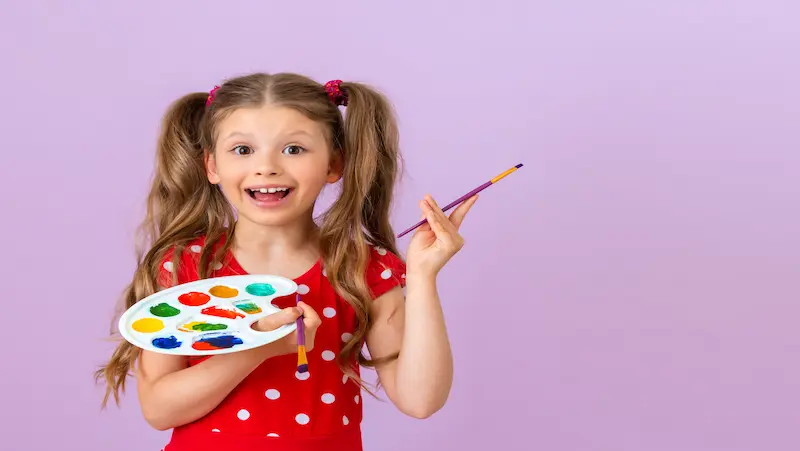
1) Recognizing and acknowledging your child’s efforts in emotional regulation:
Celebrate your child’s progress in emotional regulation by acknowledging their efforts. Recognize their growth, perseverance, and positive changes, reinforcing their motivation to continue developing their emotional regulation skills.
2) Building a supportive and nurturing environment at home:
Create a nurturing and supportive home environment where your child feels safe to express themselves and explore their emotions. Foster open communication, empathy, and understanding, providing a foundation for their emotional growth.
3) Setting realistic expectations and celebrating small victories:
Set realistic expectations for your child’s emotional regulation journey, understanding that progress takes time. Celebrate small victories along the way, emphasising the importance of effort and improvement rather than perfection.
Know more about learn coding for kids in this article.
Conclusion
Emotional regulation is crucial for children’s well-being, development, and future success. By engaging in activities that build emotional awareness, practice mindfulness, release emotions through physical activities, explore artistic expression, develop social-emotional skills, and implement coping strategies, parents can empower their children to thrive emotionally.
As parents, your role in fostering emotional regulation skills is vital. Continue providing guidance, support, and opportunities for your child to practise emotional regulation techniques. Emphasise the importance of self-awareness, empathy, and healthy coping strategies, knowing that these skills will benefit them throughout their lives.
Emotional regulation lays the foundation for children to navigate life’s challenges, form healthy relationships, and achieve overall well-being. By equipping them with emotional regulation skills, parents empower their children to thrive, building resilience, and emotional intelligence that will positively impact their present and future lives.
BrightChamps offers engaging robotics for kids, sparking their interest in technology and providing hands-on learning experiences that nurture creativity and problem-solving skills.
Also, BrightChamps provides a comprehensive platform for learning about money for kids, offering interactive and engaging resources that teach financial literacy, budgeting, saving, and other essential money management skills.
Frequently Asked Questions(FAQ’s)
A1: Emotional regulation refers to the ability to recognize, understand, and effectively manage one’s emotions. It is crucial for children’s development as it helps them navigate through challenges, build positive relationships, and achieve emotional resilience. It supports their mental health, academic success, and overall well-being.
A2: Signs of poor emotional regulation in children may include frequent emotional outbursts, difficulty calming down, trouble managing anger or frustration, extreme sensitivity to criticism, or challenges in adapting to change. Observing their emotional responses and behaviours can help you identify if they are struggling with emotional regulation.
A3: Effective emotional regulation activities for kids include building emotional awareness through activities like emotion charades or creating emotion charts, practising mindfulness exercises such as deep breathing or guided meditation, engaging in physical activities for emotional release like dancing or yoga, and using artistic expression through drawing or journaling to explore emotions.
A4: It is never too early to start teaching children about emotional regulation. Even toddlers can begin learning basic emotional awareness and self-soothing techniques. As they grow, you can gradually introduce more advanced strategies and concepts, tailoring the activities to their age and developmental stage.
A5: Create a supportive environment by fostering open communication, active listening, and validation of your child’s emotions. Establish routines that incorporate emotional regulation strategies, provide a calm-down corner or relaxation area, and set realistic expectations. Encourage a non-judgmental atmosphere where your child feels safe to express and explore their emotions.
A6: Teaching emotional regulation to children provides numerous benefits. It helps them develop self-control, empathy, and resilience. They learn to manage stress, navigate social interactions, and make healthier choices. Emotional regulation skills also contribute to improved academic performance, problem-solving abilities, and overall mental well-being.
A7: Examples of calming activities that promote emotional regulation include deep breathing exercises, progressive muscle relaxation, guided imagery, listening to soothing music, engaging in sensory play, using stress balls or fidget toys, and spending time in nature or engaging in quiet reading or drawing.
A8: Help your child develop self-awareness by encouraging them to identify and label their emotions, reflect on their feelings, and recognize how their emotions affect their thoughts and actions. Engage in conversations about emotions, validate their experiences, and guide them in understanding the triggers and patterns behind their emotional responses.
A9: Yes, there are games and interactive activities that can help children learn emotional regulation skills. Examples include role-playing scenarios to practise problem-solving and conflict resolution, cooperative games that foster teamwork and empathy, emotion-focused storytelling or acting, and using technology-based apps or interactive tools designed to teach emotional regulation.
A10: Parents and caregivers play a vital role in teaching and reinforcing emotional regulation. They provide guidance, support, and opportunities for children to practise emotional regulation activities. By modelling healthy emotional expression and regulation, providing a nurturing environment, and offering consistent encouragement, parents and caregivers create a foundation for children to develop and strengthen their emotional regulation skills.

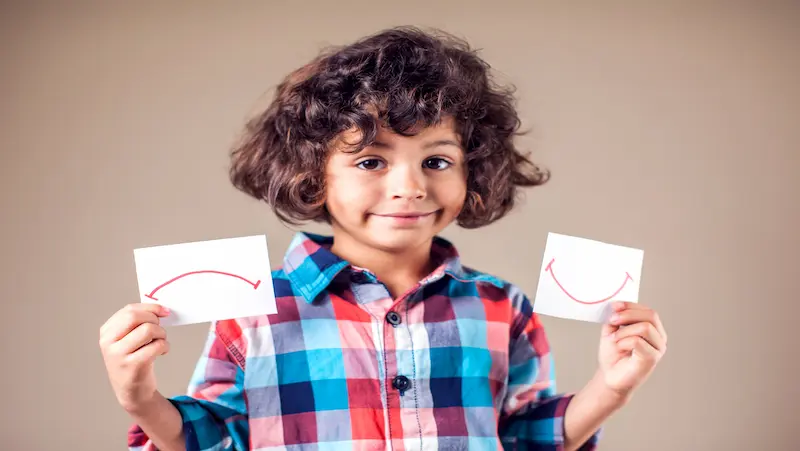
 We are an army of educators and passionate learners from BrightChamps family, committed to providing free learning resources to kids, parents & students.
We are an army of educators and passionate learners from BrightChamps family, committed to providing free learning resources to kids, parents & students.












